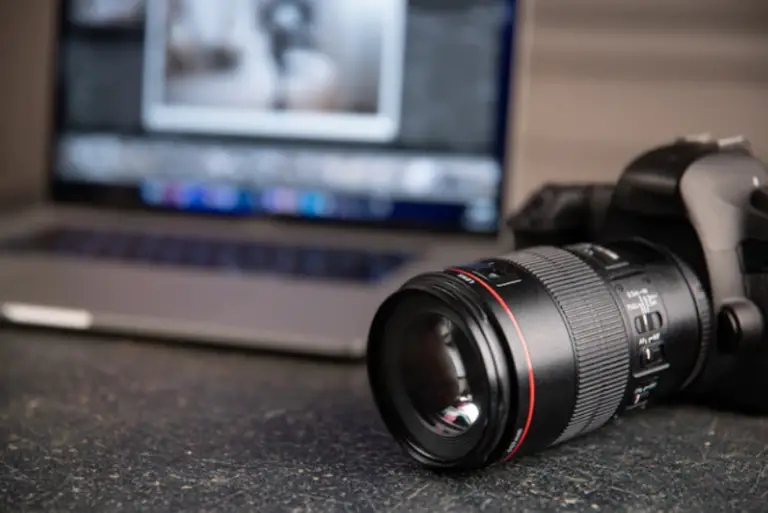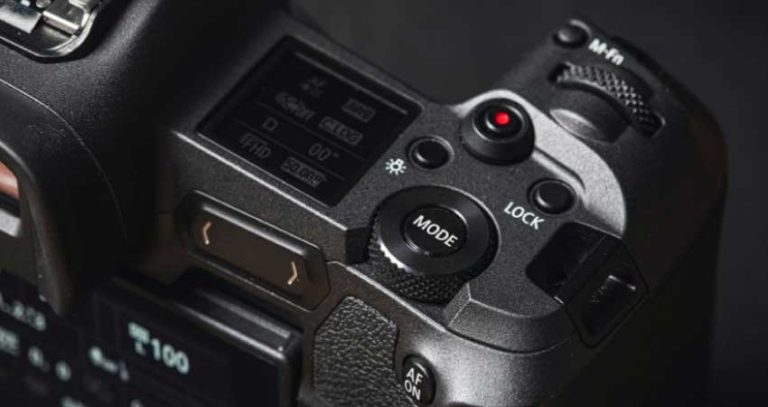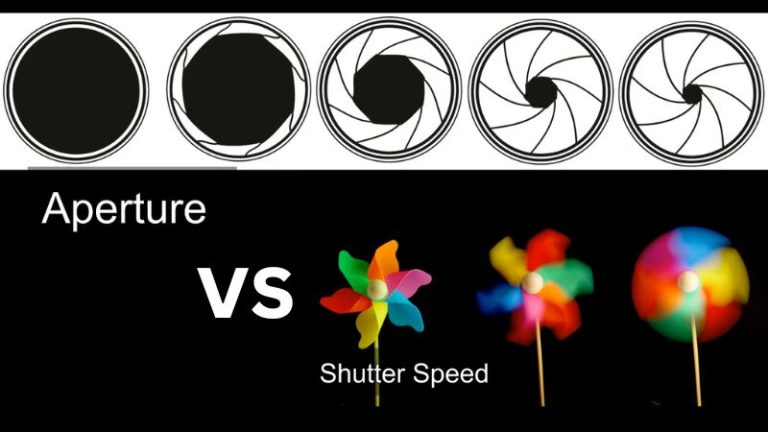How To Use Godox Wireless Flash Trigger
Have you just gotten a Godox Wireless Flash Trigger for your flashes? Are you having a hard time setting up the trigger? I bet yes, and that’s why you are wondering how to use Godox wireless flash trigger?
Press and hold on to the Zm/Ch button of the trigger to activate the channel indicator. Now rotate the wheel to alter the channels from 1 to 32. Vertically placed unmarked buttons corresponding to the groups are designed for adjusting the group as per requirements. If you have multiple flashes, you can add them up in separate groups of the trigger to fire simultaneously.
Don’t lose your spirit and set the trigger up with your flashes through confidence & dedication. Follow our step-by-step guidelines, and you will definitely get the hang of it. We have also included a separate FAQ section to clear up further doubts. Trust me; this new transmitter will bring enormous changes to your photography. So, set up the trigger and flashes and get ready right away!
What Are The Basic Parts Of Godox Wireless Trigger?
Battery:
If you observe just directly beneath the screen, you will see a battery compartment with a sliding cover. If we focus on Godox XPro transmitters, they are highly compatible with alkaline batteries. You can also go for rechargeable ones. However, they can cause misfires due to the erroneous control signal.
Buttons:
Godox Triggers usually feature a large screen, and a series of vertical & horizontal unmarked buttons surround the screen. Their functions are usually aligned with the options of the screen. Below the horizontal series of buttons, you will notice Menu, TCM button, mode, and tester buttons on the right & left portion, respectively. The central wheel and set button are responsible for further adjustments. On the transmitter’s right side, there is a power & autofocus assist on/off switch. There is also a USB-C port on the left to assist in future firmware updates.
Channel:
Every transmitter supports 1 to 32 channels. At the top left corner of the screen, there is a channel indicator. Usually, the transmitter is on channel one by default. However, you can go for any as per the choices.
Group:
The unmarked vertical series button on the left is aligned with the group list. Just click on the button corresponding to your desired group and make adjustments.
Mode:
After you have selected the group, click on the mode button, and it will show multiple options like – off, TTL & Manual. If you are up for automatic mode, go for the TTL settings. If you want to sync the trigger with the flash, click on the manual mode.
How about Set Up The Godox Flash Trigger?
Channel Adjustments:
- Press and hold the top left unmarked button from the horizontal series. This button basically aligns with Zm/CH.
- Now the channel indicator will appear on the screen.
- Rotate the wheel clockwise or anticlockwise to increase & decrease the number, respectively.
- Once you have reached your preferred channel, click on the Settings button, and that’s it!
Group Selection:
- Every transmitter features groups from A to E.
- Tap on the unmarked button (from the vertical switches) aligned with your preferred group.
Now your preferred group has been selected.
Mode Selection:
- After selecting the group, click on the ‘Mode button.’
- Press it repeatedly, and the list of modes (Off, Manual & TTL) will show up simultaneously.
TTL Mode:
- Suppose your selected group is in TTL mode. In that case, you can rotate the wheel clockwise or counterclockwise to adjust the flash exposure compensation.
- Its overall flash exposure limit is -3 to +3, and the stop increment is ⅓.
- Once you have reached your preferred exposure level, click on the set button.
Manual Mode:
- If the group is in manual mode, you can rotate the wheel to adjust power.
- You can rotate it in both a clockwise & anticlockwise manner.
- The flash power ranges from 1/1 to 1/128 with ⅓ stop increments.
- After adjusting the power, click on the set button.
As each group has separate mode settings, you can assign a manual mode to one and TTL mode to another. So, triggers offer a better form of creativity.
Test:
Once the trigger & flash is set, it’s time to test or fire. Just click on the tester below the mode button, and the connected flashes will fire simultaneously.
How To Use The Godox Trigger With Multiple Flashes?
In order to use multiple flashes with the Godox trigger, you have to assign them to different groups while maintaining the same ID. For instance, you can set 90 as the ID for the trigger as well as the spotlights & monolights.
- The Speedlight should be in ‘Slave Mode.’
- The triggers and the lights should be on the same channel.
- If the monolight and Speedlight are assigned to the same group, you have to alter them. For example – if both the Speedlight & monolight is in group A, change the group into B for the Speedlight.
- Now go to your trigger and select group A. Press on the mode button repeatedly to turn on the manual mode. After changing the mode, set its power range from 1/1 to 1/128 as per requirements. Now you will observe the same power on your monolight.
- Select B on your trigger and alter its mode to manual as well. Now setting up the power range will automatically correlate with the power of the speedlight.
That’s it! Now click on the test button on your trigger, and both the Speedlight and monolight will fire at the exact same time.
If you assign different flashes to different groups, you can control them at different power levels at the same time.
FAQ:
How to set up the wireless flash trigger?
- Press & hold on to the Zm/ch button. Once the channel indicator appears, rotate the wheel to go to your preferred channel.
- Tap on the vertically placed unmarked button aligned with your preferred group. Now, your group will be selected.
- After selecting the group, change the group mode to off, manual or TTL mode as per requirements.
- In TTL mode, you can set flash exposure from -3 to +3. The manual mode features a power range from 1/1 to 1/128.
Now your flash is ready to fire with the simultaneous trigger from the transmitter.
How do you use the Godox wireless flash with a trigger?
- Assign the flash to your preferred group.
- Go to your trigger and select that group.
- Set the group into manual mode.
- Adjust the power as per need, and that’s it!
Final Words
How to use Godox wireless flash trigger? As a beginner, it’s indeed tricky to set up the flash & trigger. It’s even more complicated if you want to use multiple flashes together. Trust me, just follow our step-by-step instructions, and it won’t even take five minutes. Once you are familiar with the buttons & functions of your transmitter and wireless flash, this whole procedure is totally a piece of cake. So, are you ready to induce your photographs with your creative lighting skills?
Camera Flash Guide For Filminglab Readers
Flash For Canon R6
Flash For Canon 5D Mark iii

I am Terry E. Collin.
I have some top branded cameras, especially Canon R6, Canon EOS 60D and 70D, Nikon D700, Lumix G9, Lumix G85, and many more. I have been doing photography for 5 years with Top Brand cameras like Canon, Sony, Nikon, Panasonic, etc.
The purpose of creating this blog is to share my personal experience and expertise with most popular cameras.
Let’s share some of them one by one in this blog For FilmingLab Audience







